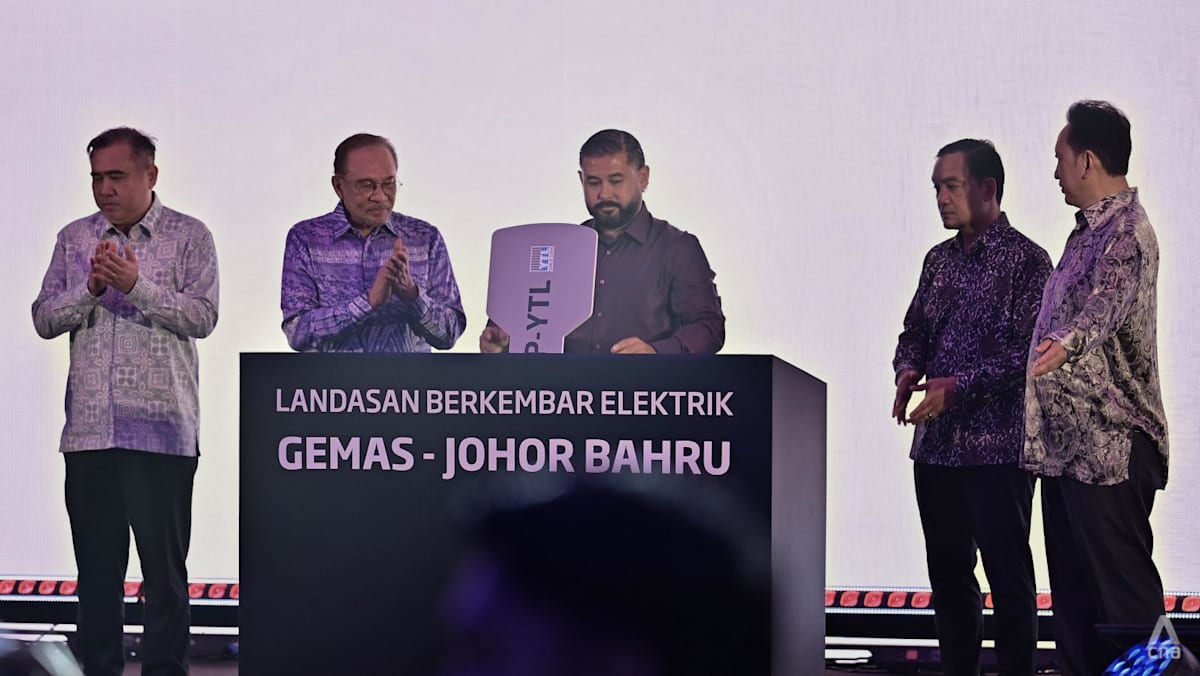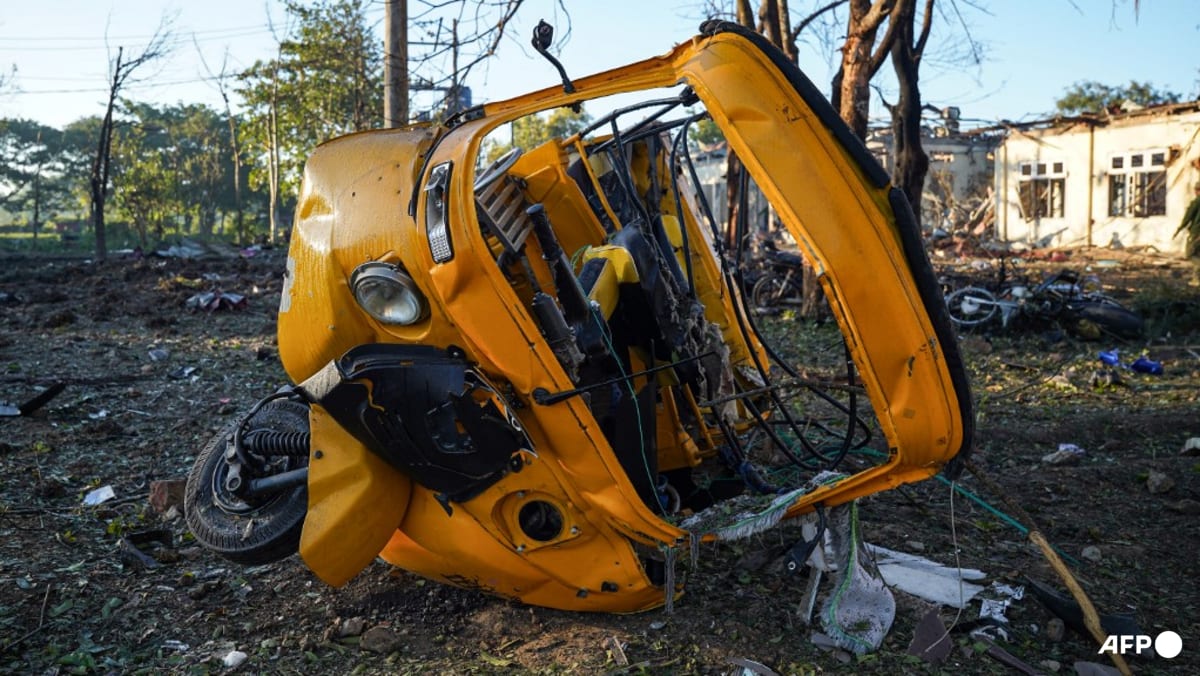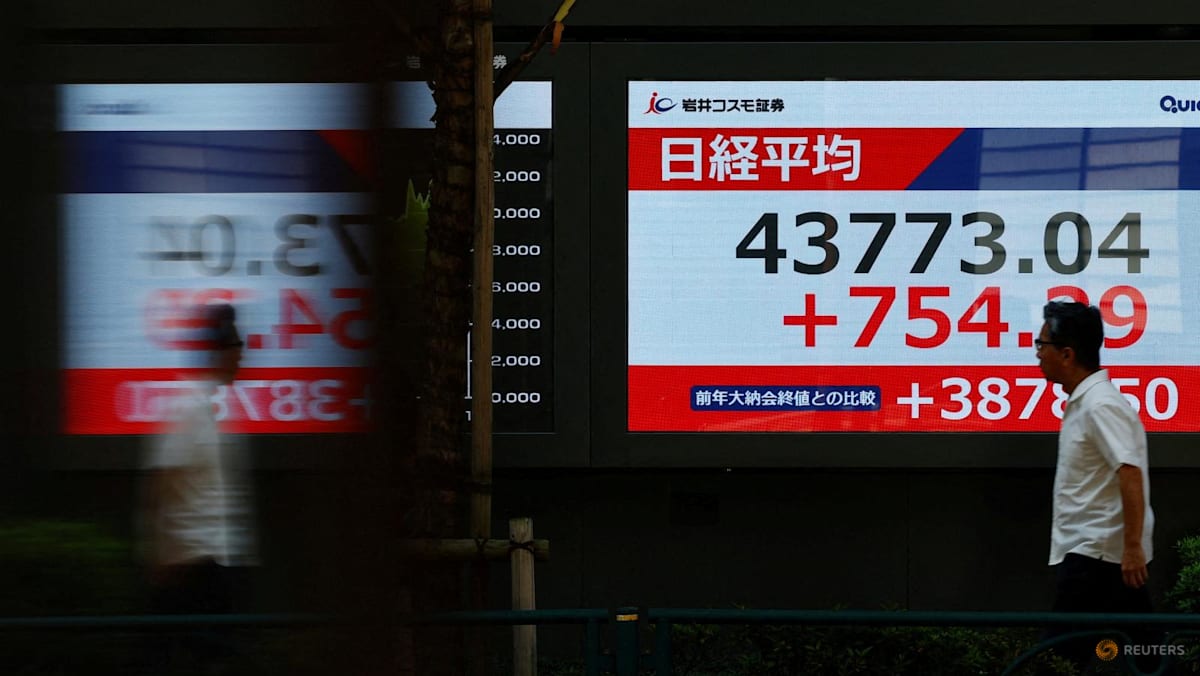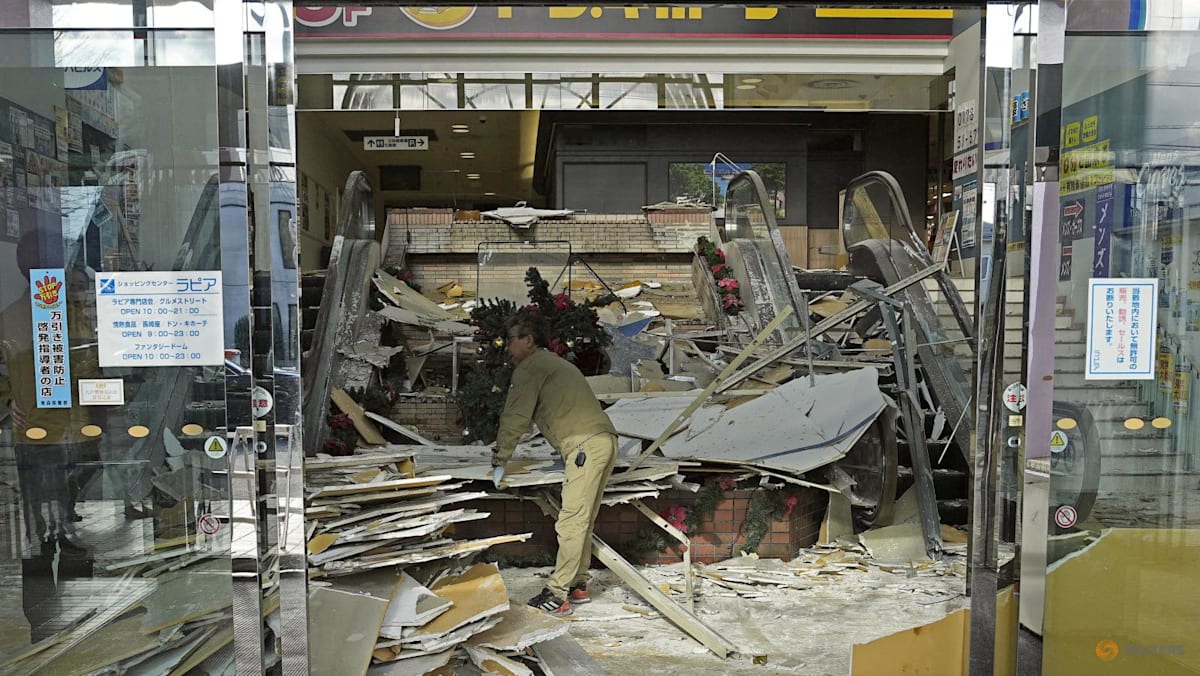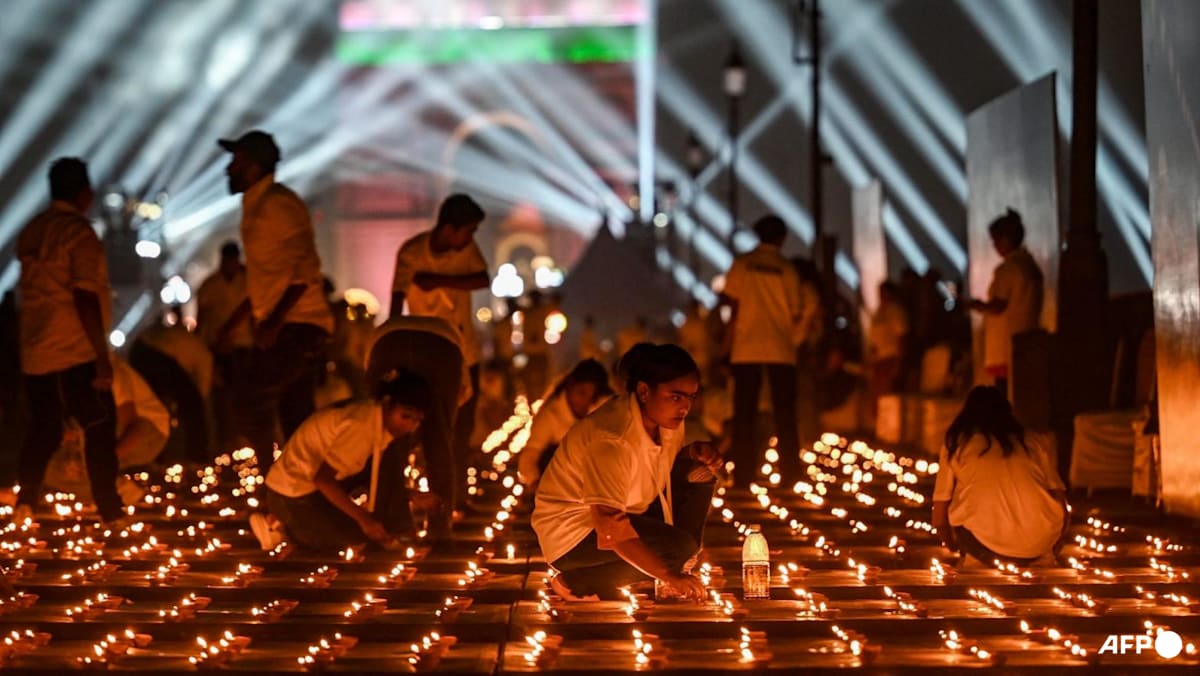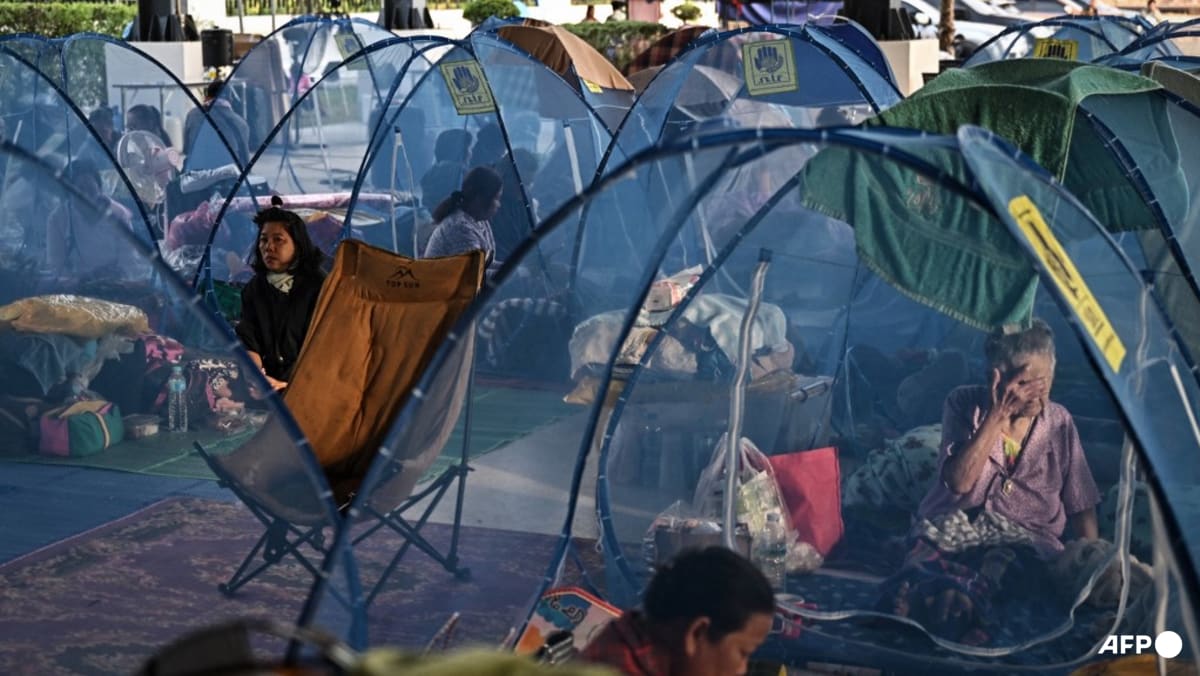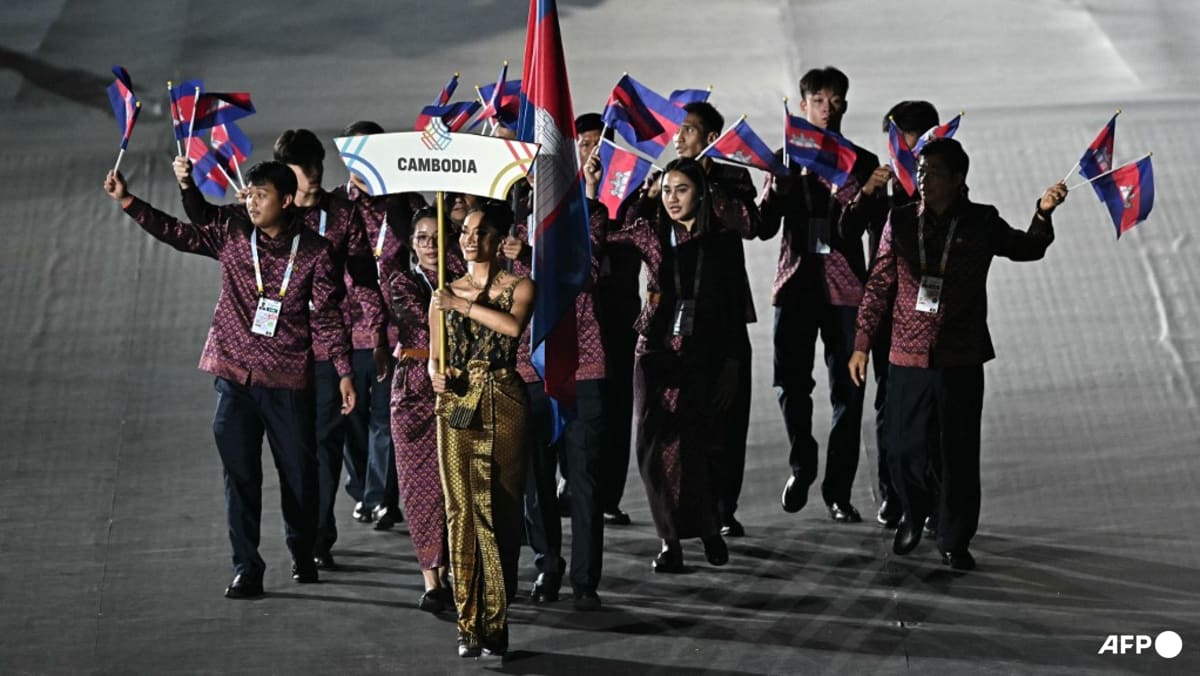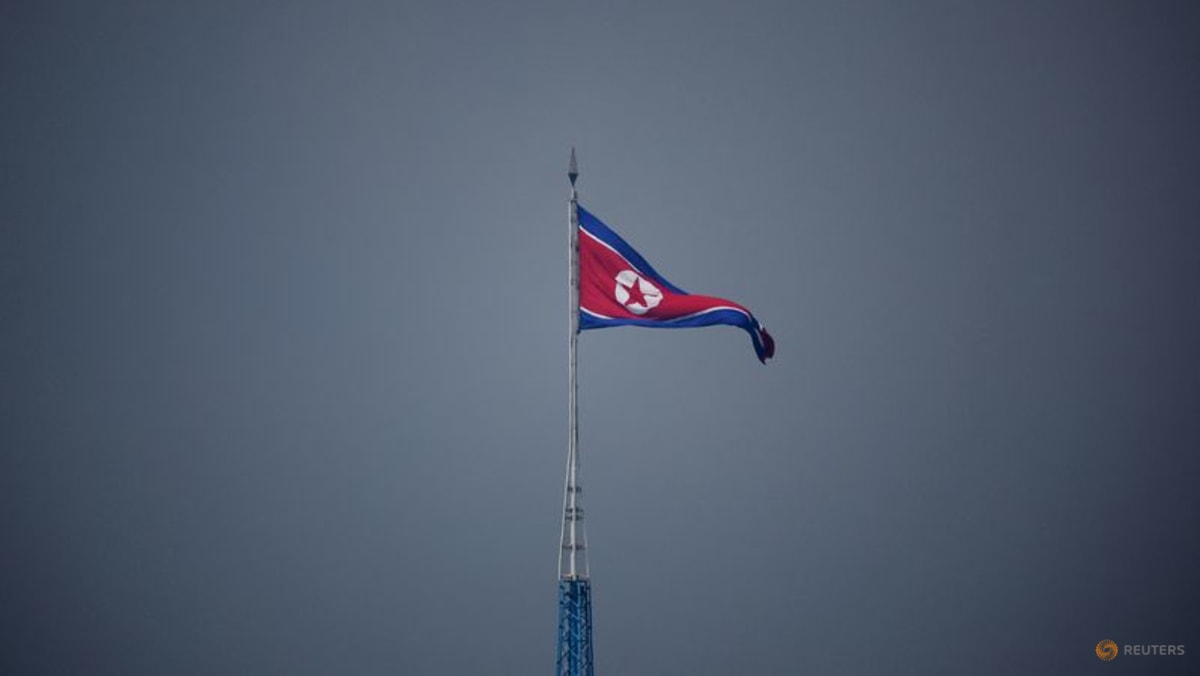Commentary: Who gains from India’s endless election?

SHEER SIZE AND DIVERSE GEOGRAPHY
India’s sheer size and diverse geography, ranging from Indian Ocean archipelagoes to Himalayan peaks, are daunting too. S Jaishankar, foreign minister, last week spoke of the challenges of “navigating through urban sprawls, remote villages, and challenging geographical terrains”, as well as reaching senior citizens and differently abled voters.
At a recent press conference, the Election Commission of India said it was intent on reaching out to everyone, including 18 million first-time voters, 197 million voters in their 20s, and 48,000 transgender people qualified to vote.
Taking weeks to vote in India is nothing new.
The first post-independence election held between 1951 and 1952 required “sometimes horrendously difficult” challenges, with bridges built to cross rivers and naval vessels deployed to take electoral rolls to booths on small islands, according to Ramachandra Guha’s book India After Gandhi. The vote took a record four months.
Indian elections became shorter after that. In 1980, when Indira Gandhi returned to power after a three-year hiatus, voting took just four days.
More recently, however, Indian elections have been getting longer: The 2019 vote was held in seven phases and took 39 days. This year’s will take 44.
Source: CNA


